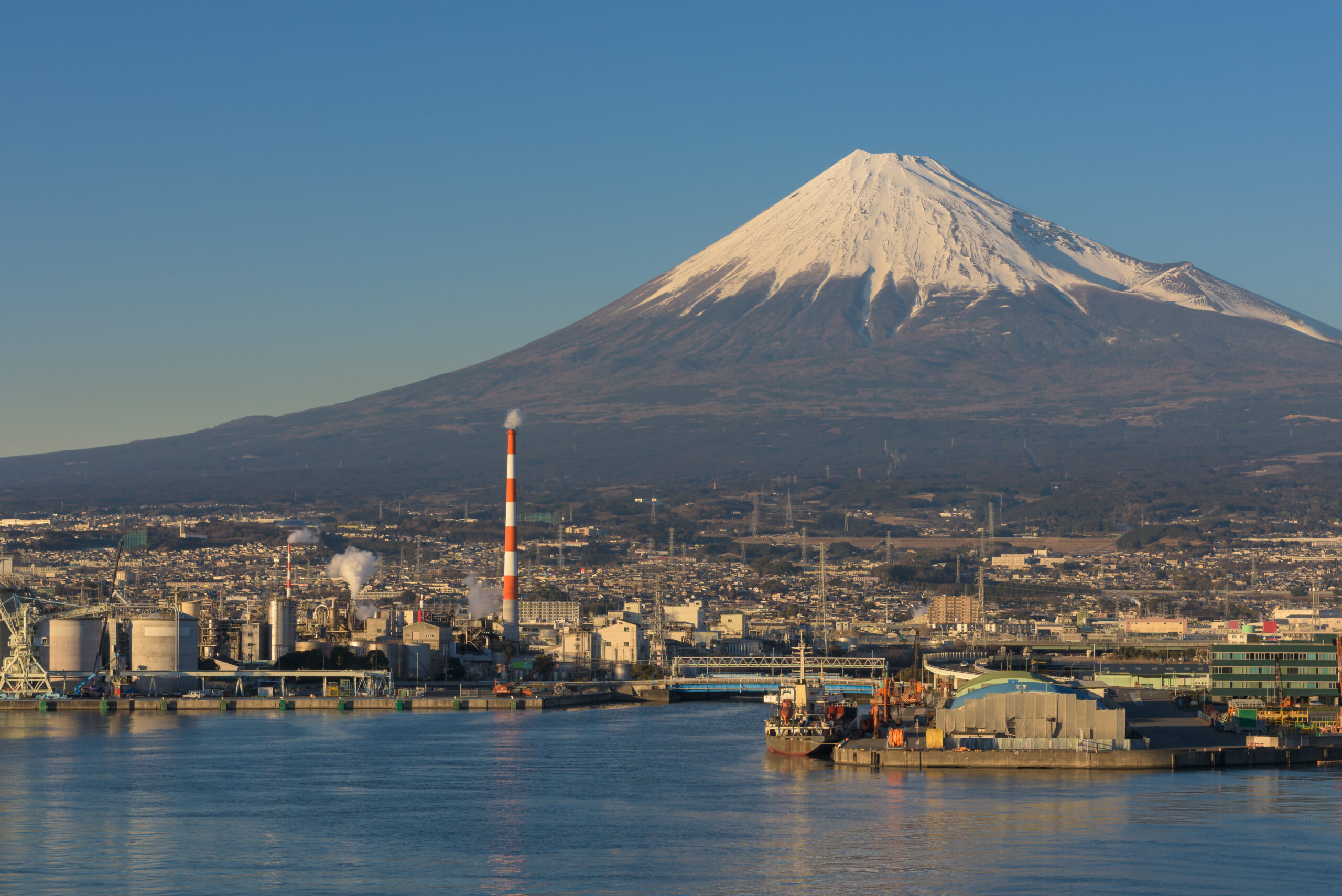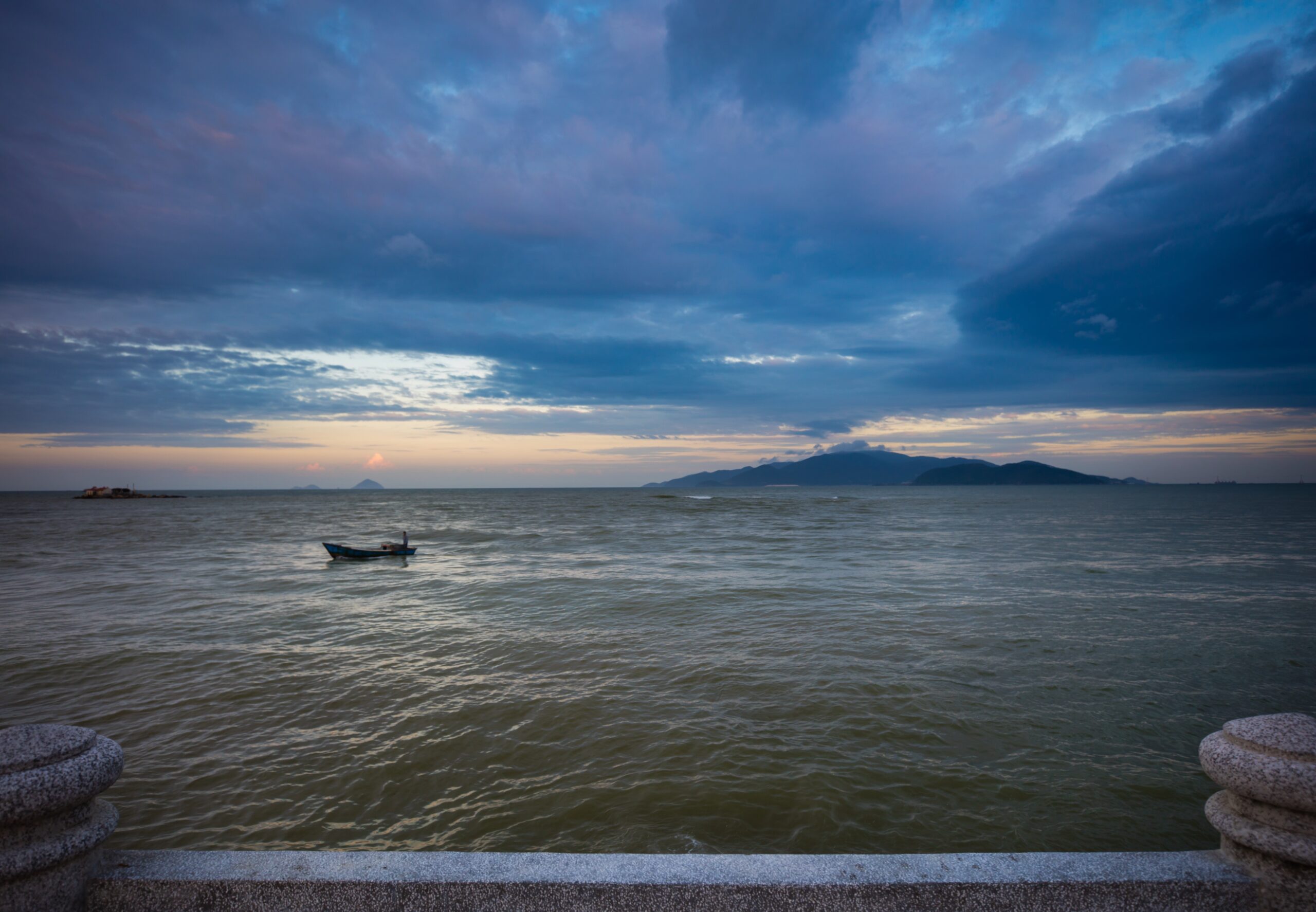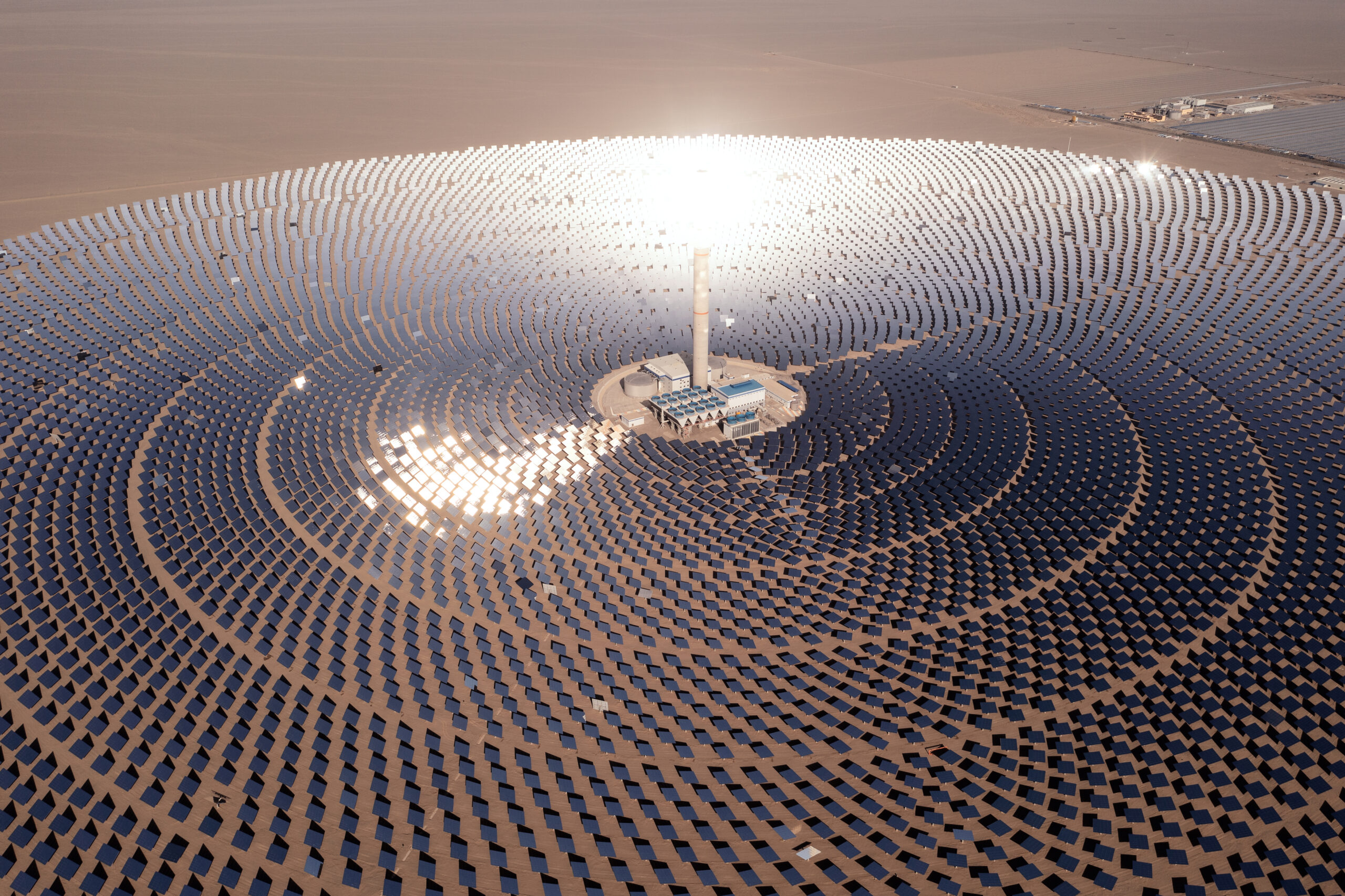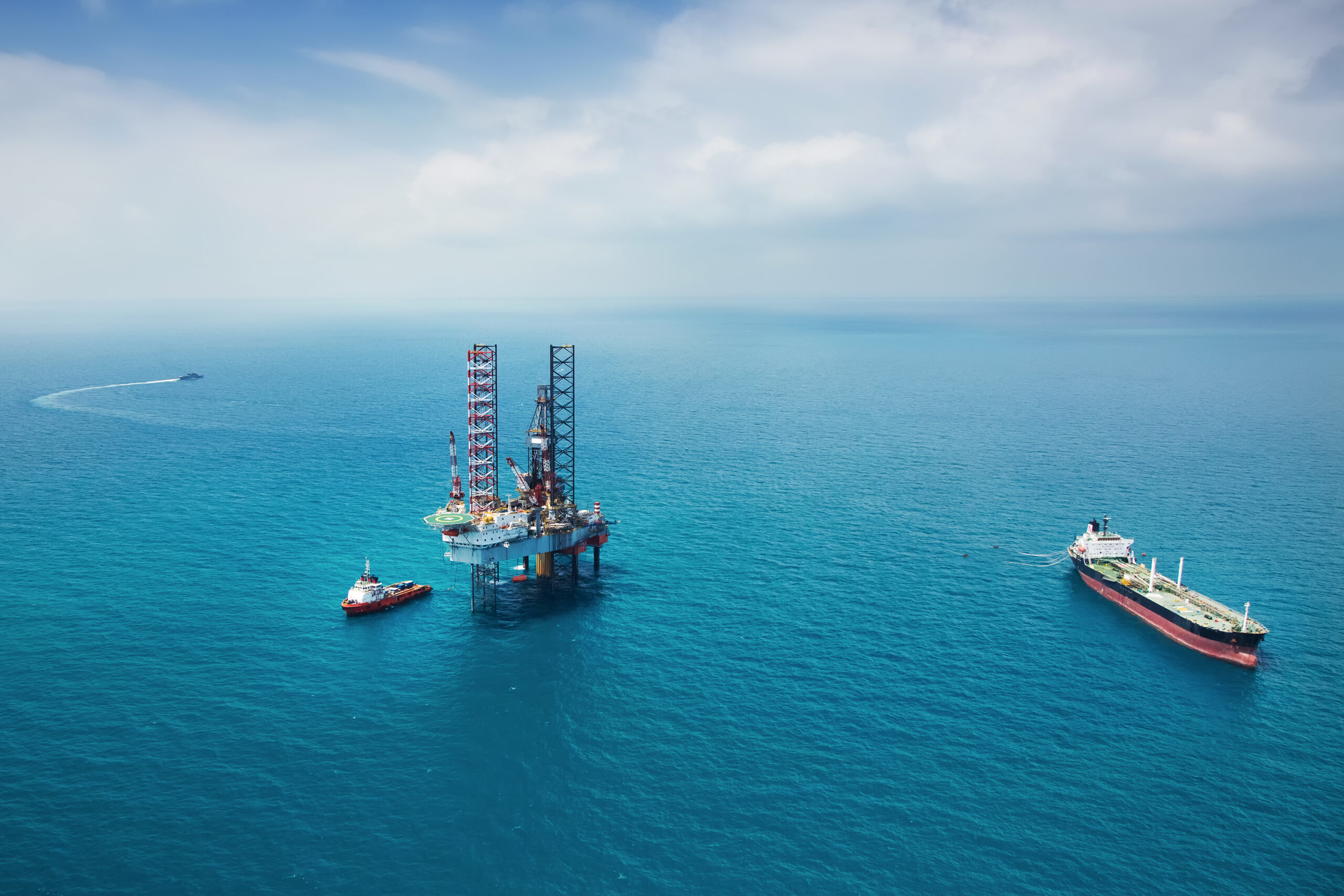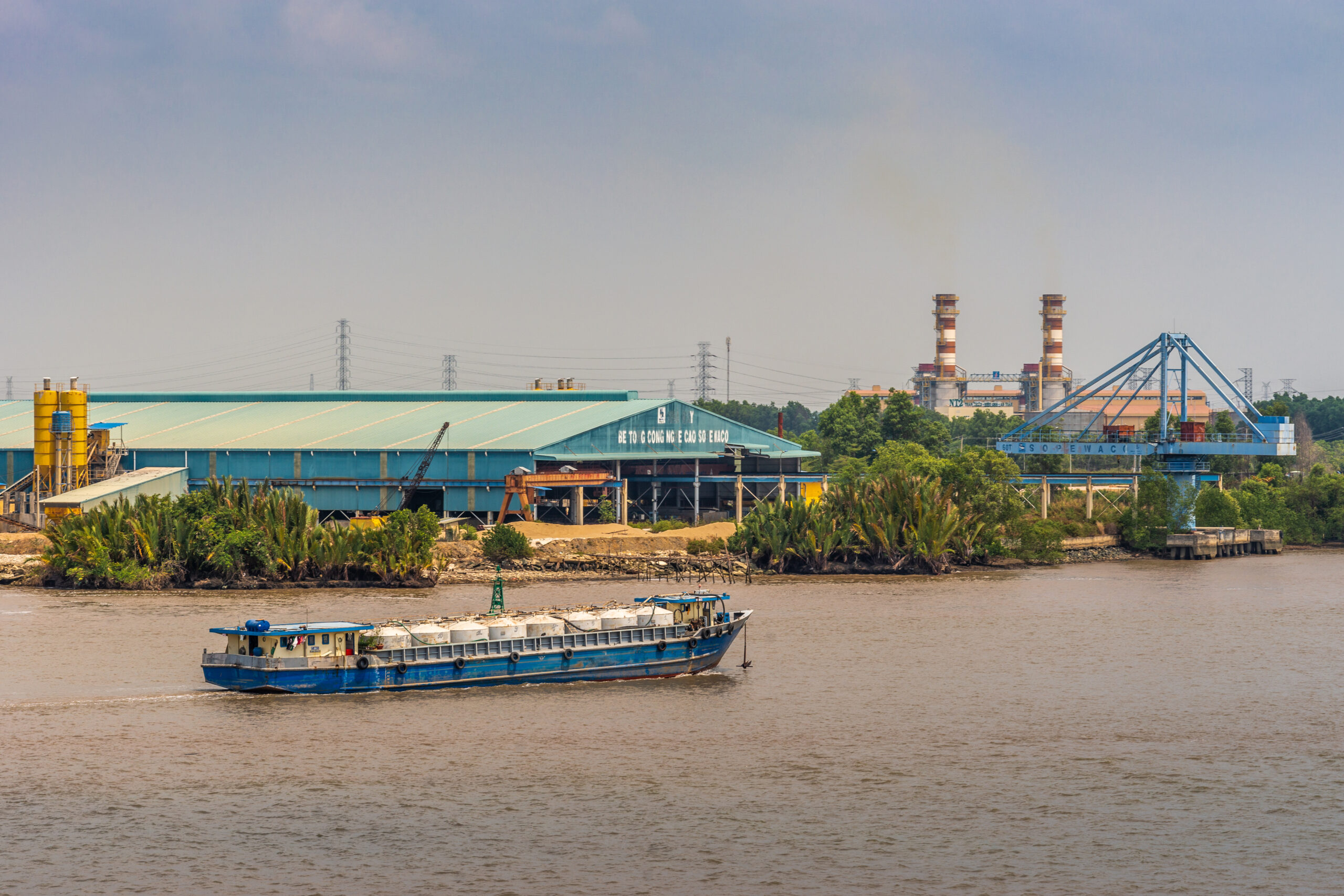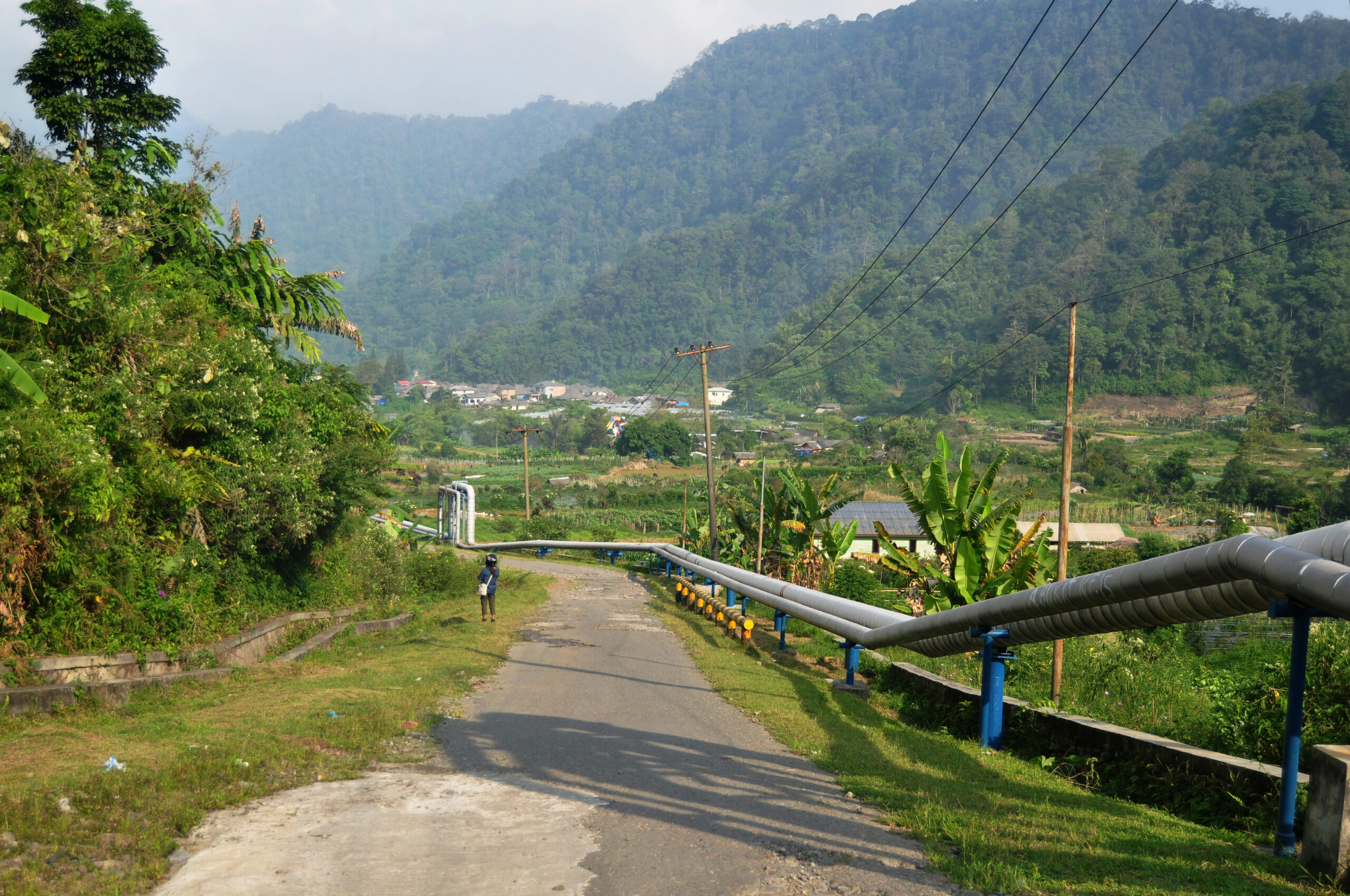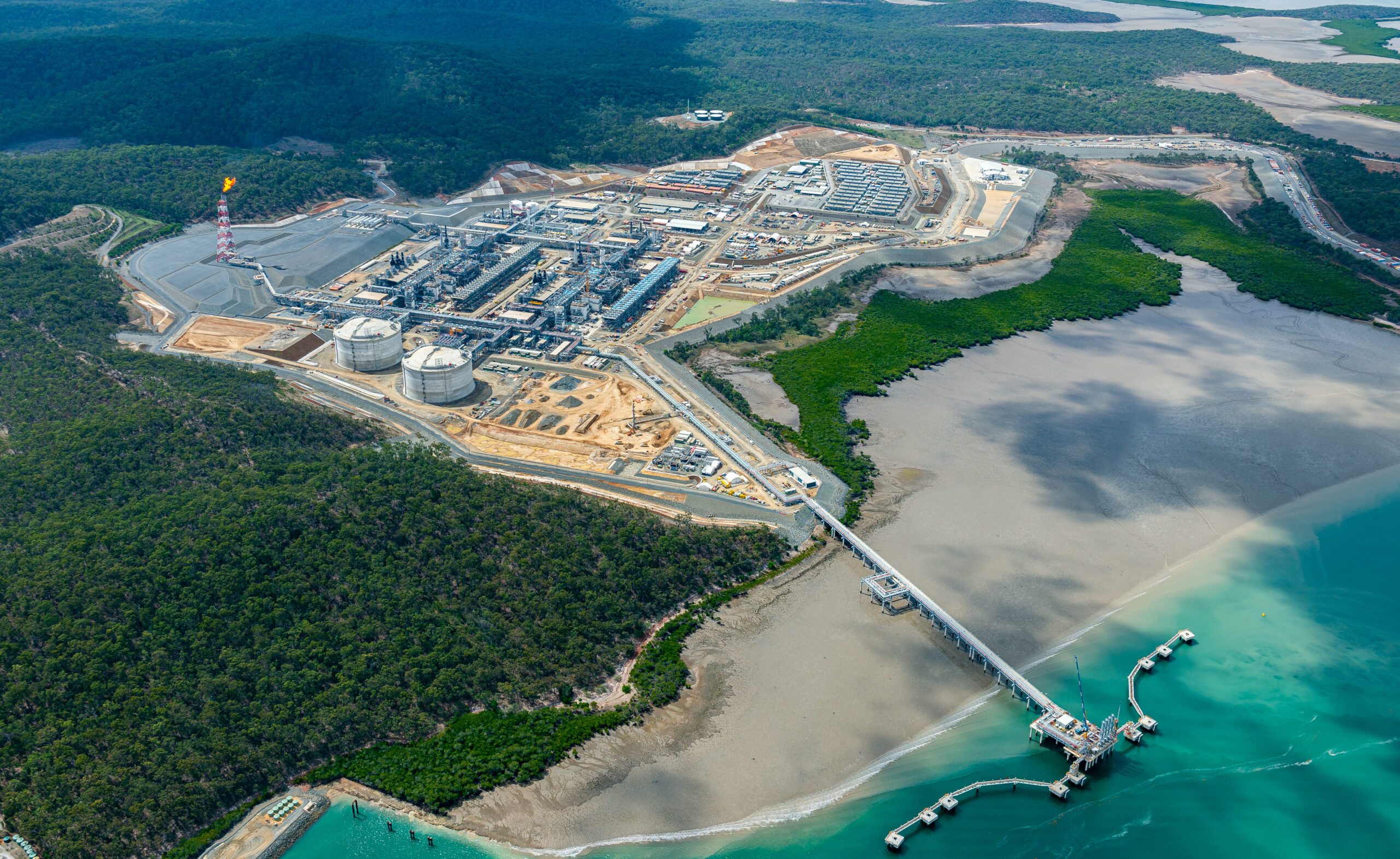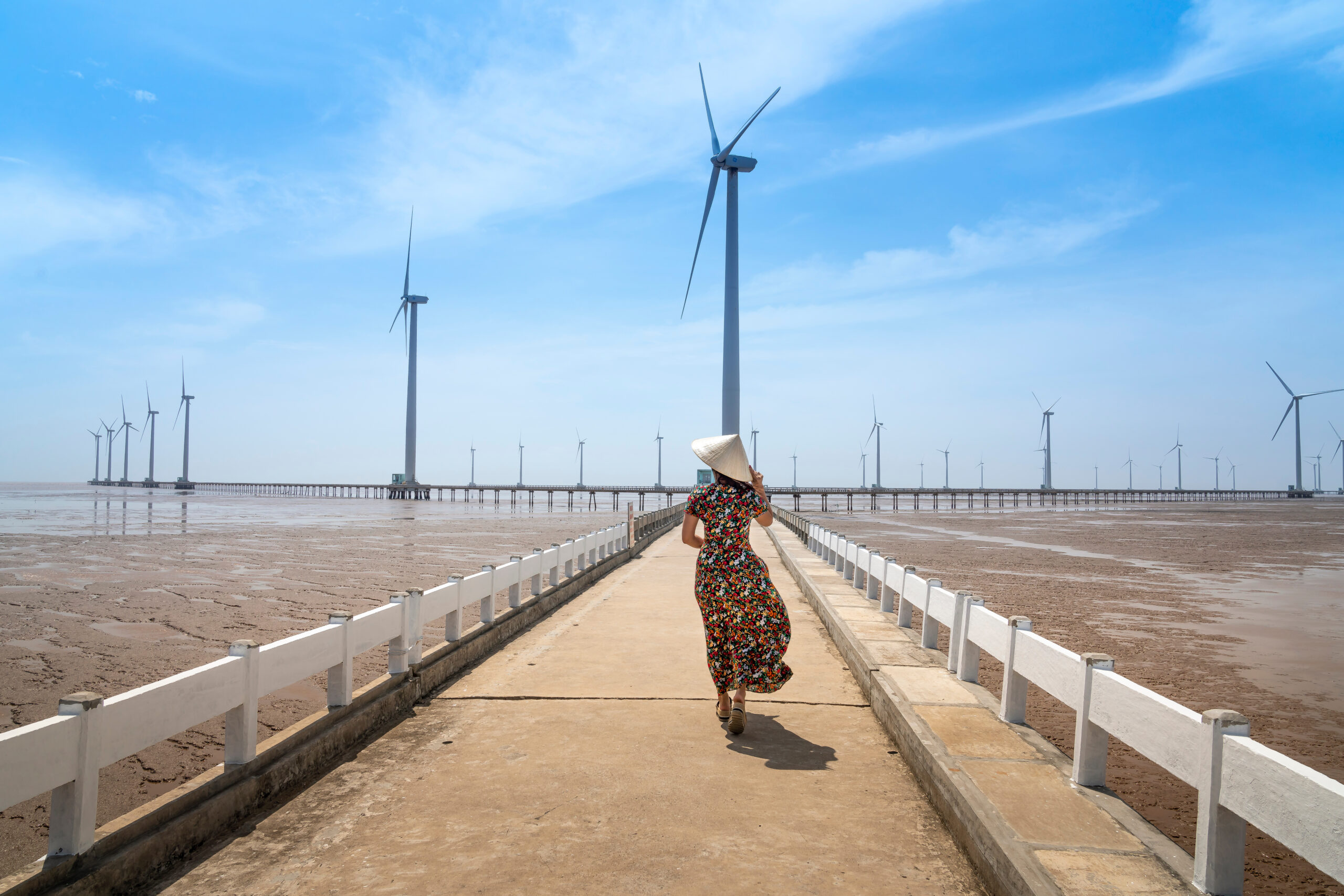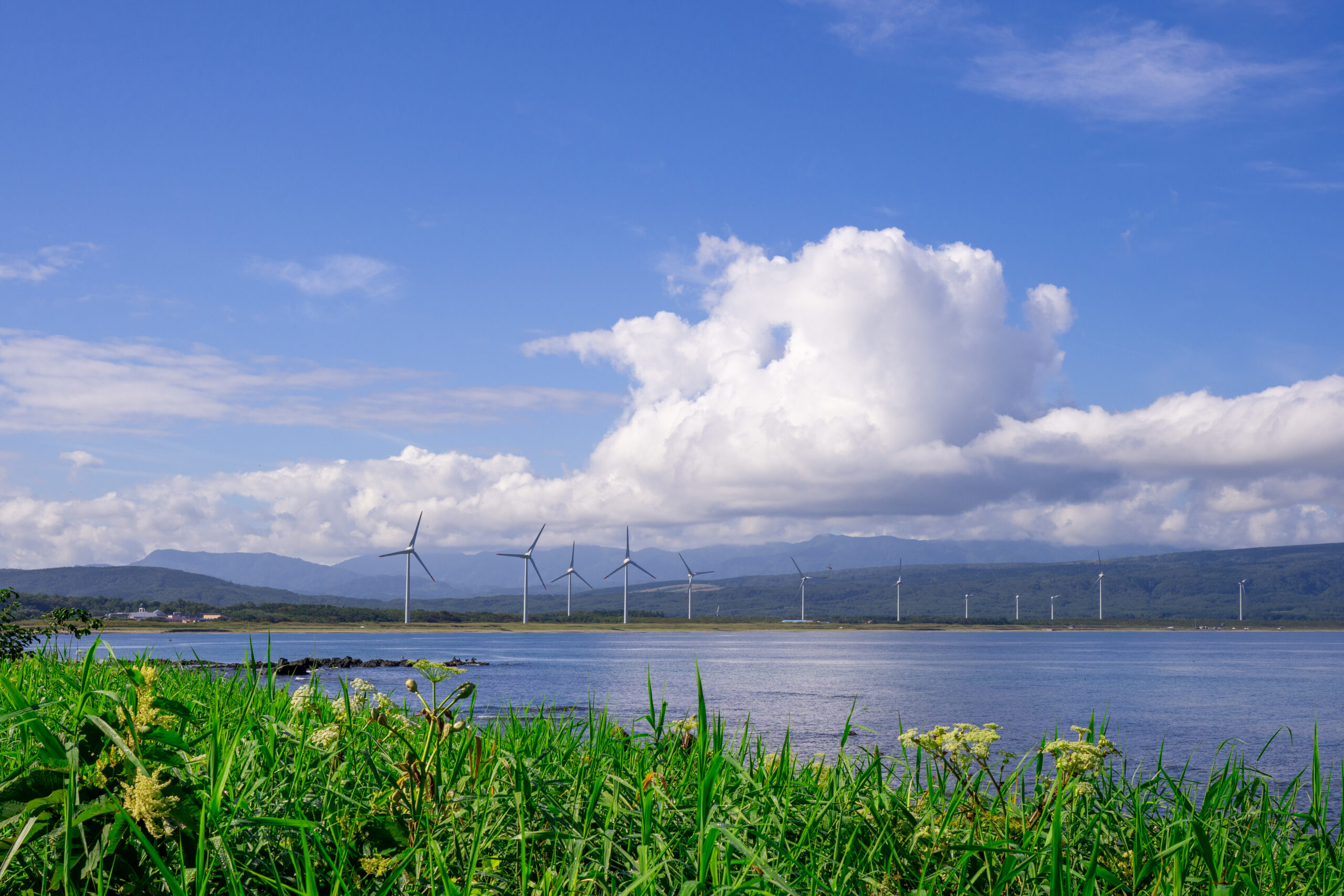 Tim Daiss
Tim Daiss
Tim Daiss
Tim covers Asia for Gas Outlook. He has spent more than a decade conducting regulatory, geopolitical and market due diligence for energy companies in Southeast Asia. He’s also worked as a journalist and consultant. Originally from the U.S,. he is based in the Philippines.
Japanese utilities are increasingly focused on marketing and reselling LNG overseas, new research shows, creating more competition in the global LNG market.
Beijing’s actions in the South China Sea could derail Vietnam’s national energy plan, which aims to more than double electricity generation capacity.
Lack of progress in breaking ground on new projects, coupled with a challenging regulatory environment for Asian renewables, is hindering the region’s progress, the report said.
For China to rein in its carbon emissions from its largest polluting segments will require massive energy transition finance, according to a new report.
Thailand and Cambodia are discussing joint Gulf of Thailand oil and gas exploration, but territorial disputes still pose a challenge.
The government has been trying to clean up Vietnam’s power sector, but is facing considerable self-inflicted problems.
Whoever wins the Indonesian election this month will have his plate full dealing with energy prices, regulation and the energy transition.
A Woodside-Santos merger would nearly consolidate Australia’s LNG sector and become a force in the LNG industry globally.
China’s Belt & Road Initiative has been making a hard pivot from fossil fuel project investment to more renewables in recent years.
Japan has vast wind power potential that remains undeveloped, especially floating offshore, a recent report found.

